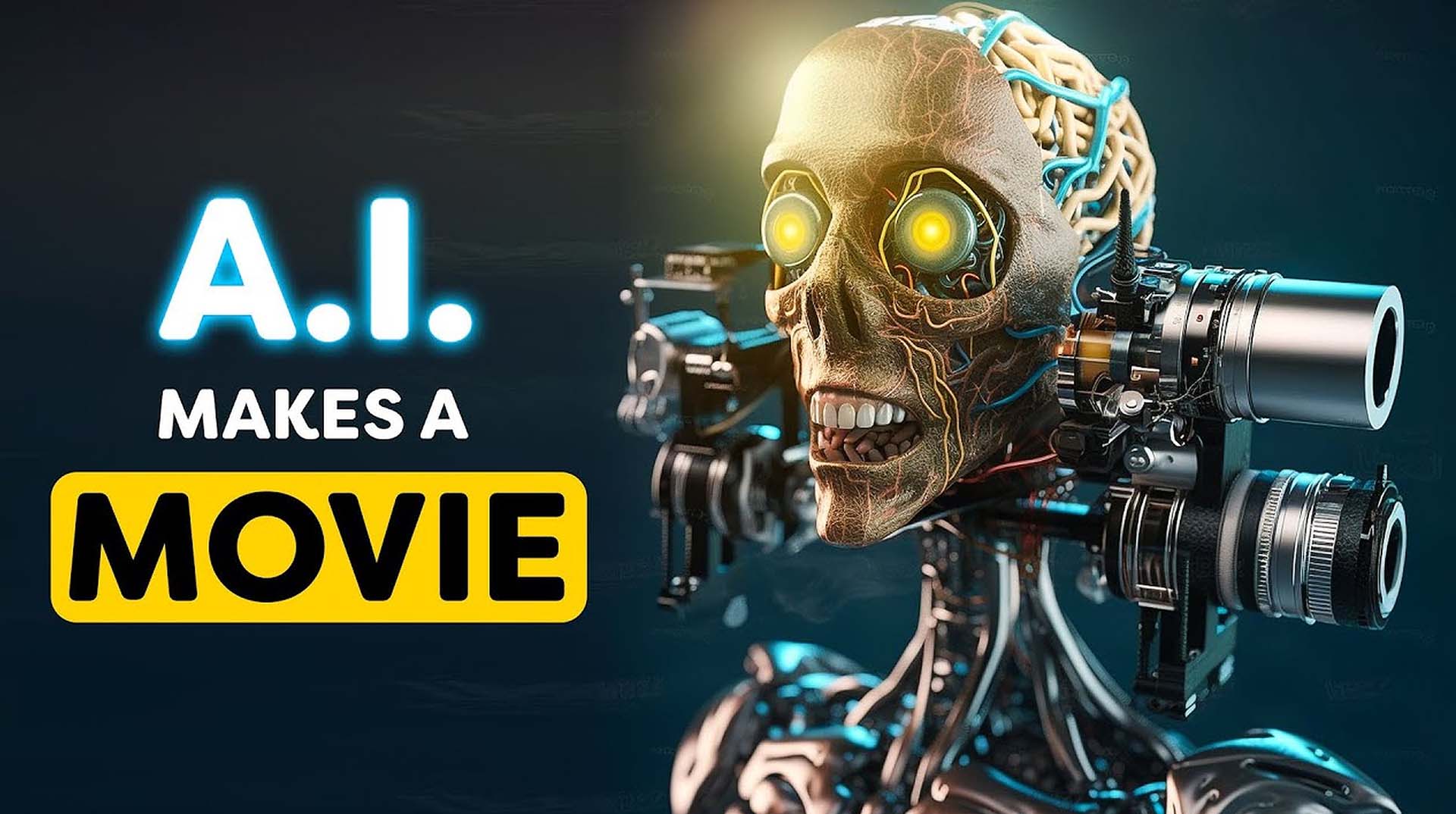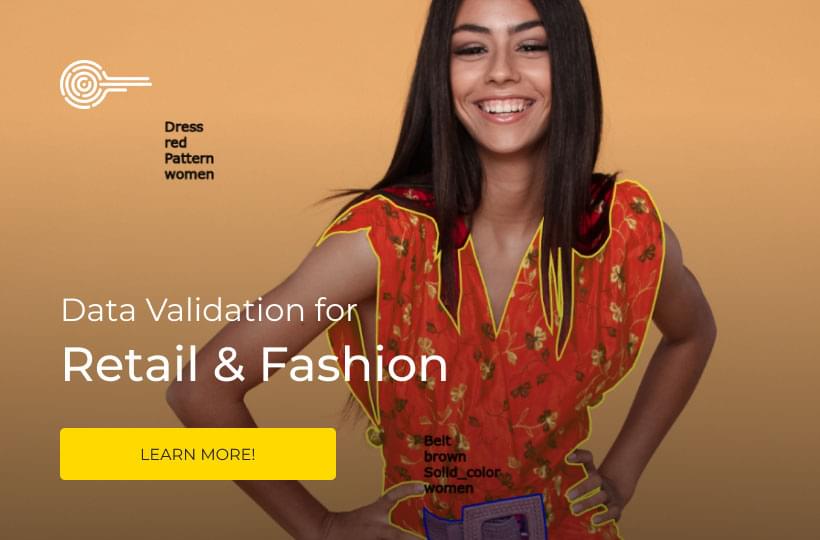How Image Annotation and AI is Changing the Movie Industry

AI is itself a popular topic in science and movies, either as an impersonal existential threat such as SkyNet from the Terminator series or popular characters like HAL 9000 from 2001:Space Odyssey or Agent Smith from the Matrix. But did you know that AI helps make movies? Because, of course, it does! AI is used in several tasks throughout the entire process.
To start, AI helps write scripts. AI helps with pre-production planning and scheduling. AI is useful in creating the soundtrack too. AI is not a magic crystal ball. However, it is useful in predicting box office success. AI even helps with things like casting and successful promotion. AI is especially used in video editing, coloring and animation. Such AI makes for intelligent, always available assistants. Moreover, AI skillfully scales up mundane tasks. That frees filmmaking professionals to focus on what matters most: their creativity.

Animation and CGI have benefited the most from AI. One of the things that takes a big budget PIXAR movie so much time and money to make is obviously the animation—particularly the in-betweening. In-betweening or "tweening" is the process of animating the motion between two keyframes. Creating the in-betweens is traditionally a long, detail-oriented process. Without good in-between, animation "stutters" and looks jittery. Good in-between provides fluid, high-quality animation. Even a child watching their favorite cartoon can see the difference.
AI can be used to create in-between animation. Though many animators still like manual control over the process. This application is not only a cool thing that AI can do for an industrial enterprise. It is also a good example of how important video annotation services are for machine learning. After all, it would be impossible to create such a valuable animation tool without it.
Rotoscoping is another popular traditional animation technique. Animators trace over live action film. Traditionally this was done by hand. Animators used an invention created by Polish-American animator Max Fleischer called a rotoscope. Images from a live action movie were projected on a pane of glass. That way, they could create animations overlaid over a film in the production process which was all very analog. Of course, the rotoscoping process is now done on a computer, though it was still entirely a manual process for many years.
Rotoscopy is also usually used in combination with another process called chromakey. Now AI can be used to accomplish rotoscoping tasks quickly. You may be familiar with rotoscope from movies like Waking Life (2001) or A Scanner Darkly (2006) or the official music video for "Take on Me" by a-ha. Even with computers, it was another time-consuming, detail-oriented animation process. AI tools have changed all of that so that most of it no longer has to be done manually. Instead, an AI can do the rotoscoping accurately and in less time.
Behind that time and money-saving innovation is, of course, video annotation for machine learning. That makes creating such AI tools for the movie industry possible. Image and video annotation techniques that label and classify every pixel don't just help create datasets for algorithms. They also help make movie magic in animation and video editing.
Areas AI Has Been Improving in the Film Industry
- AI helps with script writing the same way it now helps with other kinds of writing.
- Pre-production scheduling and planning
- AI helps in music making, editing and sound mixing.
- Casting, yes, AI now helps with casting and picking top actors.
- Profit forecasting and box office predictions
- Promotions and marketing
- Video editing
- Coloring
- Animation, especially in-betweening and rotoscope
- Translation, subtitles and dubbing.

More Ways AI Is Changing Film Making
Masking is a film industry video editing technique. You may know something about it if you know about chromakey and the blue or green screen that they use. It is a way of modifying or overlaying a film, most often by replacing the background while keeping the subjects the same. In the past, this has been another time-consuming manual process. It was very tedious and required making changes frame by frame. When done properly, the effect is entrancing. However, when done poorly or a mistake is made, the illusion is ruined.
Fortunately, now AI tools like Runway make auto rotoscoping and masking easy. AI makes these processes a lot faster, too. Professionals report doing such tasks in 1/24 the amount of time it used to take them. Whereas Hollywood is known for its big budget productions, movies are time sensitive to create. Time is money.
While on the subject, you should know that our image annotation outsourcing service can save you a lot of time and money. It can also be a big help to start-ups and smaller companies, just like one of the largest changes to the film industry that AI has caused. For example, AI has made it easier for a small independent animation studio to produce higher-quality results.
Other tasks that AI really help with in making movies are translations, subtitles and dubbing. Sooner or later, everyone seems to use things like Google translate, and so too can the film industry use auto translation to reach larger global markets. Beyond that, voice, text, and related technology can be used to create subtitles. One of the most exciting things is to go a step further and use AI in dubbing.
Fans of anime in the USA say that the subs are always better than dubbed. This is because the sound quality of dubbed movies is usually pretty terrible, and the voices don't always even match. However, that has all changed with tools like Deepdub. With even a short sound sample of an actor's voice, Deepdub can copy it and have the full range of a human voice. That way, the original actor's voice can be used in the dubbed foreign language version. Using AI can also cut production time down a lot.




